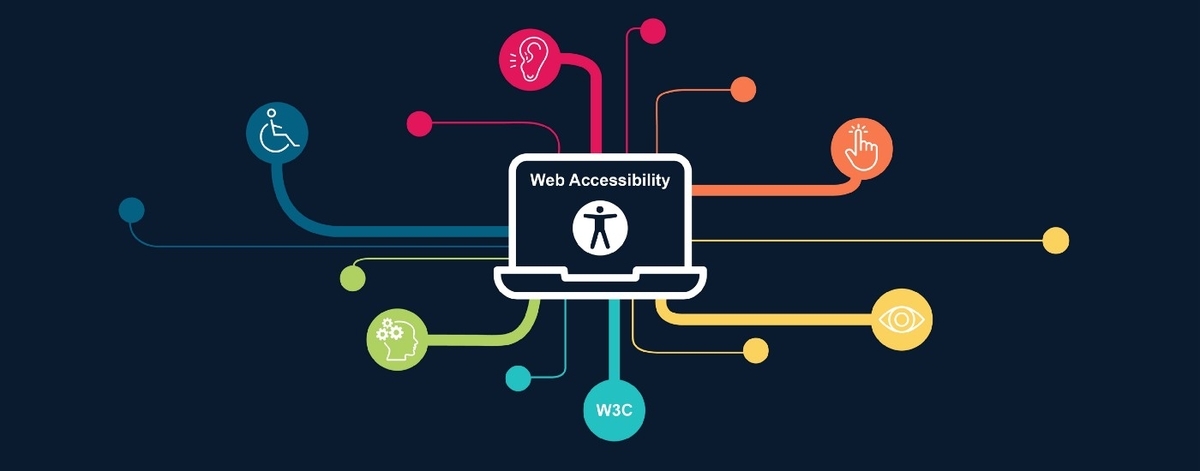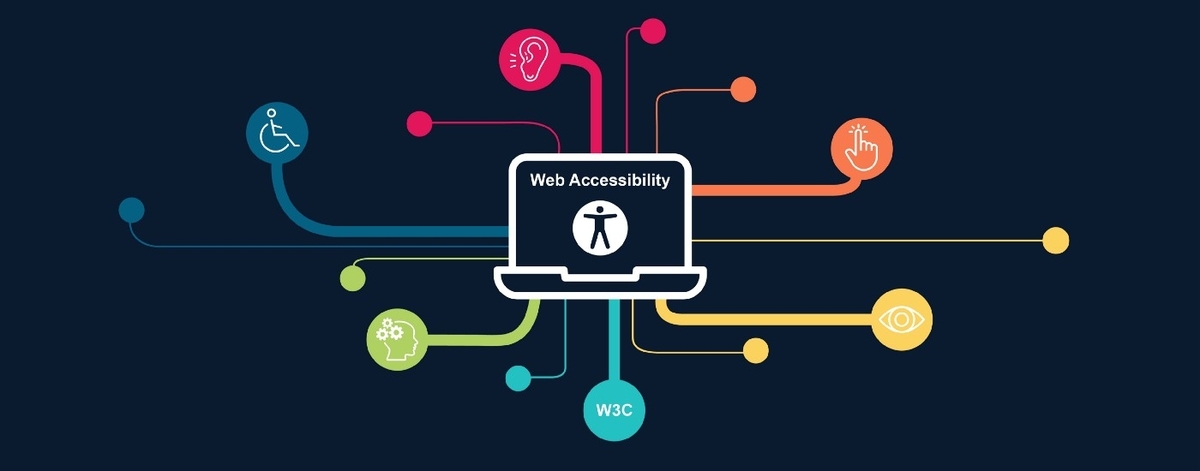Hello, this is Sahil Khokhar from the Web UX team at Mercari JP. I joined Mercari as a Software Engineer in October 2019. Today, I want to divert the attention of viewers towards the extremely critical topic of Accessibility and its importance. In this blog I’ll focus on Web Accessibility but please note that this concept can be extended to all the client facing applications such as iOS, Android and Web.
As technology continues to advance, the requirements of people who use the web also increase and advance, therefore making accessibility more important than ever. According to Tim Berners-Lee,
“The power of the web is in its universality; Access by everyone regardless of disability is an essential aspect.”
This quote highlights the importance of the internet amongst the people that suffer from some form of disability.
The internet has various resources that are useful for disabled people, but those sources can often be difficult for them to operate. Designing the website in a way that people with all kinds of disabilities can use them, makes those websites successful and helps them in fulfilling their goals. The web needs to eliminate the barriers that cause usage problems for some people.
What is Web Accessbility?
In simple terms, web accessibility means that everyone should be able to use the web. If we dig deeper, the main meaning in web accessibility lies in the fact that people with all sorts of disabilities should be able to use the internet. Those people should be able to understand, perceive, interact, and navigate with the web so that they give their contributions to the web.
However, accessibility is not only for people with disabilities. Web accessibility is also for old people, as their health and physical abilities keep changing with time. Even young and healthy people can develop a condition similar to a disability due to a temporary injury or illness. You need to create your website and application in such a way that it is friendly and usable for all types of people, regardless of any disability.
Why is Web Accessibility important?
15% of the world’s population has some form of disability, which means that more than 1 billion people around the whole world would not interact with your website or application if you do not make it accessible for all kinds of people.
While creating a website or an application, you should not only care about how your website looks, but you should also put thought into how many people will be able to use it. If you think about it while designing your website or application, it will improve the UX not only for disabled people but for the general audience as well.
Guidelines for Web Accessibility
The World Wide Web Consortium developed some accessibility standards to address concerns towards website accessibility. It named the document “Web Content Accessibility Guidelines (WCAG),” and it breaks down accessibility into four main principles:
- Perceivable: It refers to the way you consume the content on your website, like having closed captions for your videos.
- Operable: It refers to you checking if your website can work without any hassles and without using complex interactions.
- Understandable: It refers to the user’s understanding of how the user interface of the website functions. Users are able to connect with the Mental Model of a designer/developer of the website.
- Robust: It refers to checking if the different assistive devices (such as screen readers) can understand your website.
These different principles have success ratings that range from A, AA, and AAA; where A is the minimum requirement and AAA is the gold standard for accessibility.
Ways to make a Website Accessible
After discussing and understanding all about accessibility and its importance, it becomes imperative for you to know how you can make your website accessible. Below are a few points that will help you in making your website friendly for all kinds of users.
- CHECK IF YOUR WEBSITE IS KEYBOARD FRIENDLY: This is the first and the most important step. Many assistive technologies are dependent on keyboard navigation. Therefore, you need to check if your website works without a mouse.
- CONTENT ON THE WEBSITE SHOULD BE EASILY ACCESSIBLE: If your website contains dynamic content, you should ensure that all the content is easily accessible to the users. You can add tags to content to clearly define on the page.
- ADD ALTERNATE TEXT TO ALL IMAGES: Alternative text acts as a replacement for the image, in case the image does not open, you can click on the alternate text to see the image. You also need to describe the image (image captions, etc.) so that the users can get the context of the image.
- BE CAREFUL WHILE CHOOSING THE COLORS: You need to make sure that the colors you select on your website contrast with each other so that everyone can differentiate between different components on the page. You should always set a dark color against a light one so that colors do not bleed into each other.
- ENABLE RESIZABLE TEXT: Using resizable text would not let the text break into the website and will also be helpful for people with visual impairments. You should avoid specifying your text size using pixels (px) so that you can enable the text to scale depending on other content and screen size.
Web Accessibility matter for Mercari
Your top priority should be to make sure that your website is welcoming to as many people as possible. If you have an accessible website, you will see the web traffic and conversions increase, and you will reap lots of benefits. After understanding the concept and importance of Web Accessibility, you should create an accessible website and application by keeping the guidelines in mind.
At Mercari, we are in the process of analyzing and assessing where we stand at this moment in terms of web accessibility to further our improvements in the same. We have committed ourselves in making our web applications accessible for all!
Lastly
Mercari is looking for talented engineers!
If this all sounds interesting to you, why not apply?






